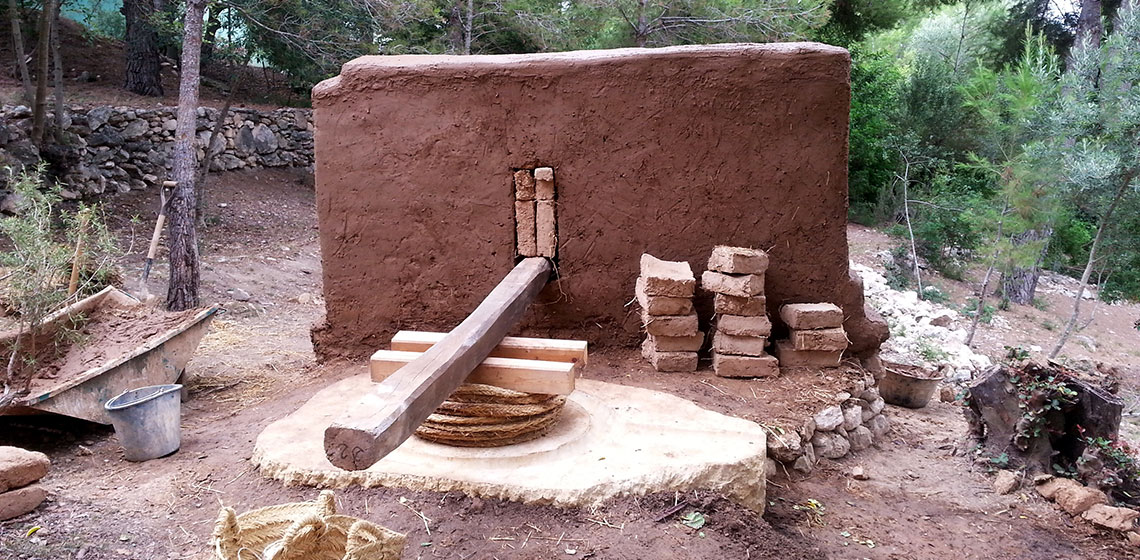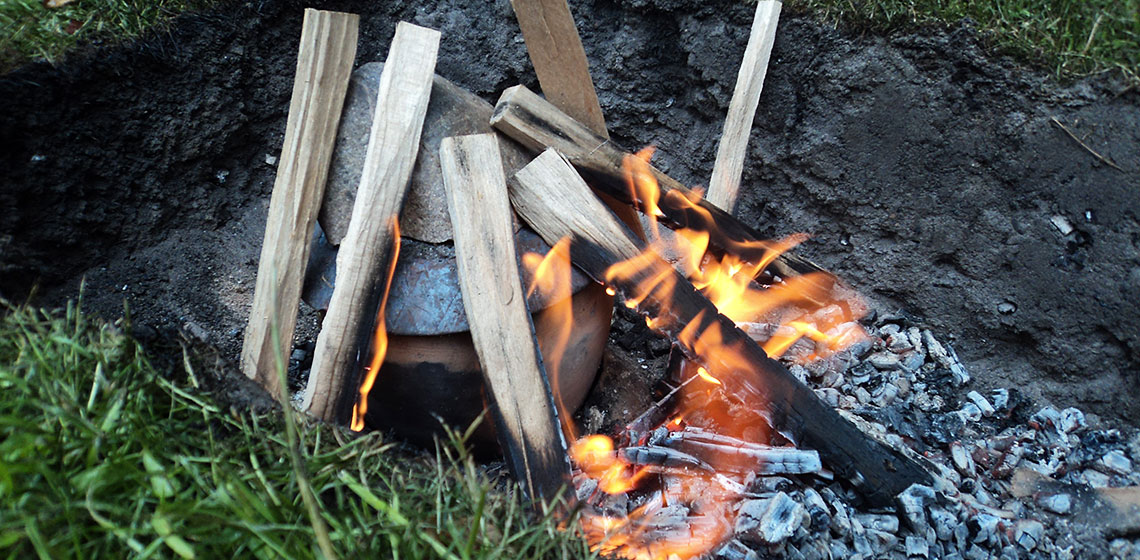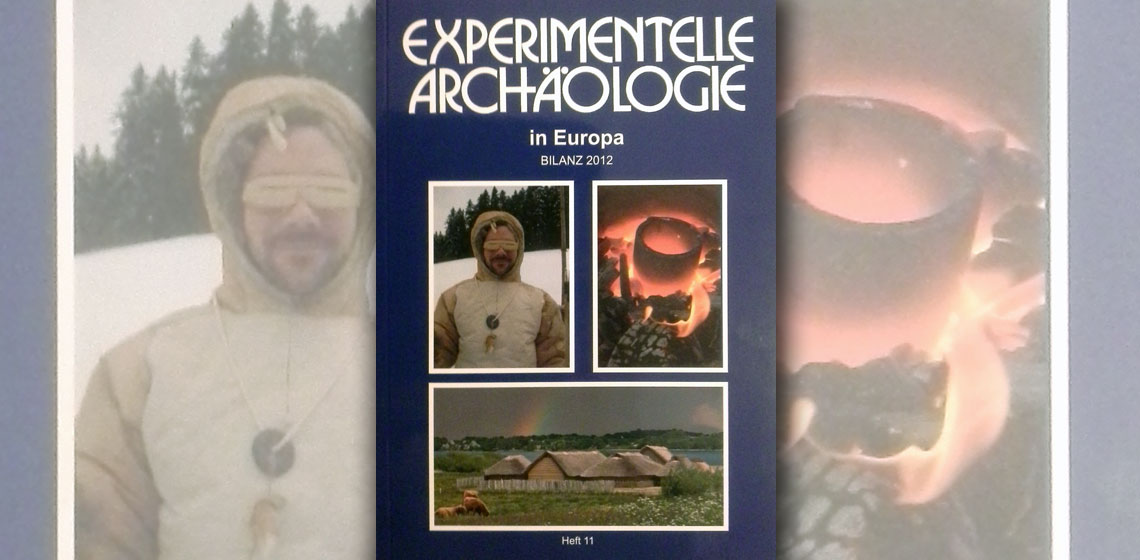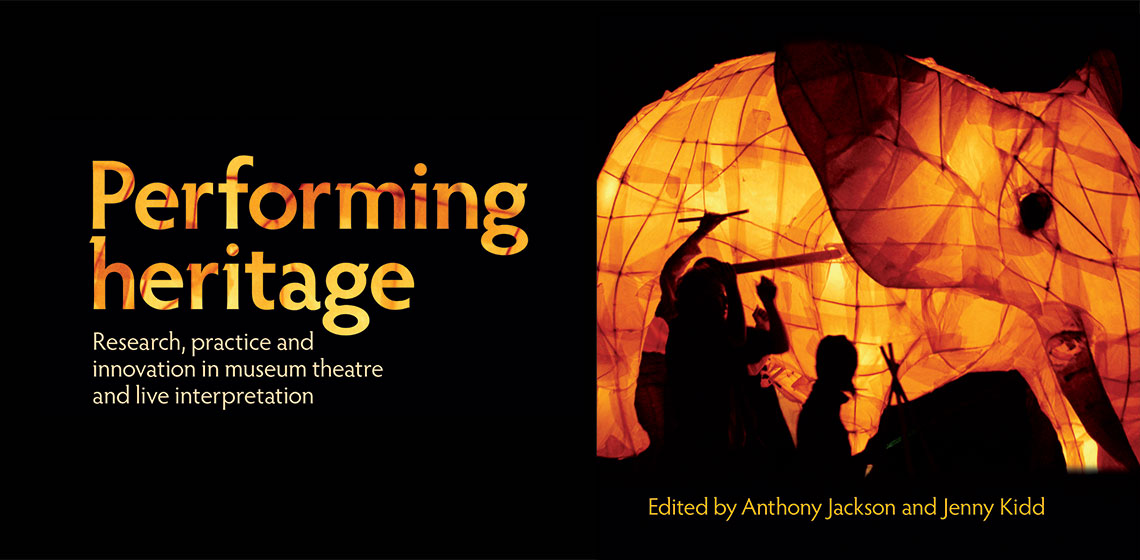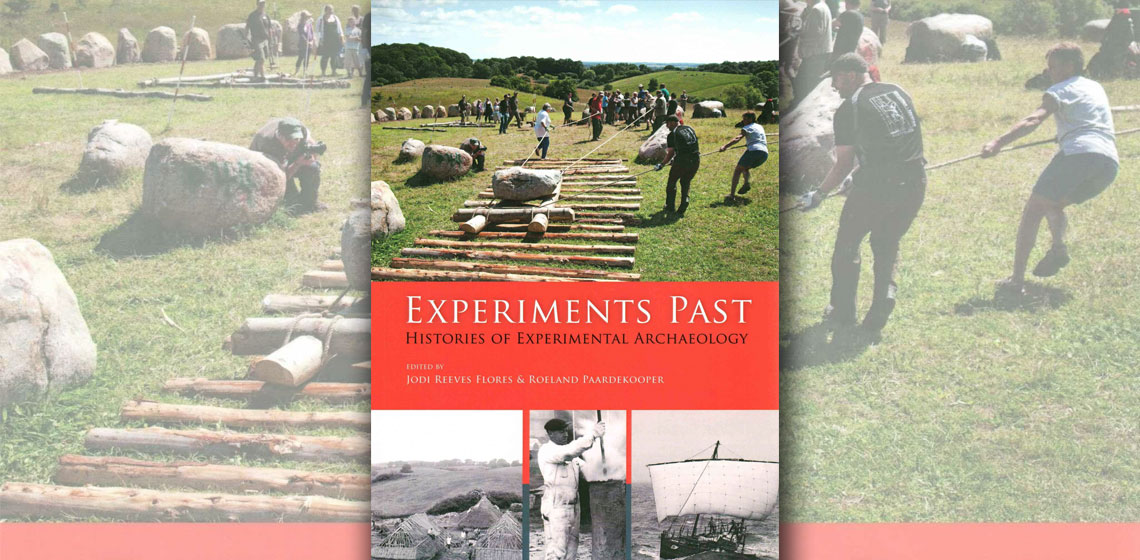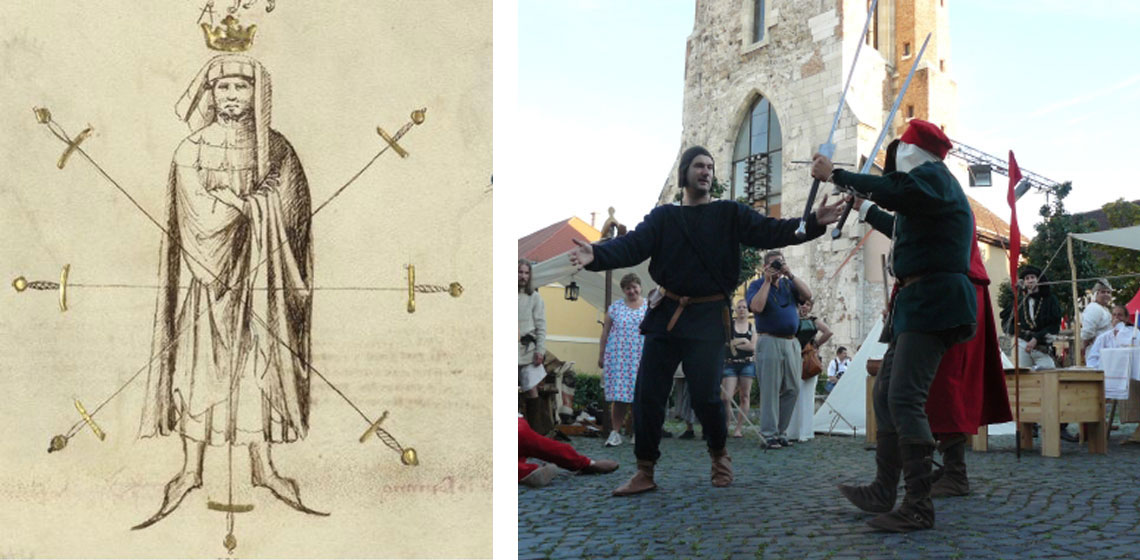Newest Era
Making Wine like Iberians: a Learning Experience with the International Workcamp at La Ciutadella Ibèrica of Calafell
Publication Date
OpenArch Dialogue with Skills Issue
***The Youth Department of the Autonomous Government of Catalonia organises international summer workcamps in the region. Basically these workcamps consist of different projects where young people participate doing voluntary work as services to the local community, helping people, nature protection or practical work on historical heritage among others...
***The Youth Department of the Autonomous Government of Catalonia organises international summer workcamps in the region. Basically these workcamps consist of different projects where young people participate doing voluntary work as services to the local community, helping people, nature protection or practical work on historical heritage among others...
Museum Theatre in Greece: Perspectives in Site Interpretation
Publication Date
The paper summarizes preliminary findings of a research project on the use of museum theatre in Greek open-air sites, as a part of a PhD thesis. The research focuses on the exploration of the development, use and function of museum theatre in Greek open-air sites based on available secondary resources and primary research, which included site visits, interviews and data analysis...
Conference Review: 9th Experimental Archaeology Conference, Dublin 2015
Publication Date
EAC Conferences
***The ninth Experimental Archaeology Conference was held over 16-18 January 2015 at University College Dublin (Ireland). A large gathering of nearly 200 delegates from more than 25 countries across the EU and the Americas was hosted by UCD School of Archaeology and the Irish National Heritage Park. Twenty papers and 26 posters...
***The ninth Experimental Archaeology Conference was held over 16-18 January 2015 at University College Dublin (Ireland). A large gathering of nearly 200 delegates from more than 25 countries across the EU and the Americas was hosted by UCD School of Archaeology and the Irish National Heritage Park. Twenty papers and 26 posters...
Discussion: Experimental versus Experiential Archaeology
Publication Date
This is an extract from a lengthy and lively Facebook discussion in the Experimental Archaeology group, illustrating the main points as it took place between 16 August 2014 and 22 August 2014. The full discussion can be found at: www.facebook.com/groups/experimentalarchaeology
Book Review: Experimentelle Archäologie in Europa, Bilanz 2012
Publication Date
Annual Proceedings of the EXAR Tagung
***According to James Mathieu in 2002, experimental archaeology is “A subfield of archaeological research which employs a number of different methods, techniques, analyses and approaches within the context of a controllable imitative experiment to replicate past phenomena...
***According to James Mathieu in 2002, experimental archaeology is “A subfield of archaeological research which employs a number of different methods, techniques, analyses and approaches within the context of a controllable imitative experiment to replicate past phenomena...
Book Review: Performing Heritage: Research, Practice and Innovation in Museum Theatre and Live Interpretation by Anthony Jackson & Jenny Kidd (eds)
Publication Date
This useful text brings together recent thinking about museum theatre and the performance of heritage, offering a range of international case studies to its readers as evidence of the discipline’s usefulness in interpreting the past for visitors...
Book Review: "Experiments Past" Edited by Jodi Reeves Flores & Roeland P. Paardekooper
Publication Date
The publication in 1979 of the John Coles’ book Experimental Archaeology can be called the vademecum of the experimental archaeology. Many particular experiments have been published since then, such as A Bibliography of Replicative Experiments in Archaeology (Graham et al. 1972) and...
Historical European Martial Arts (HEMA) and Reenactment - Concept, Problems, Approaches in Our Experience
Archaeological Live Interpretations, Docu-Soaps and Themed Walks: Similarities and Differences
Publication Date
2013 EXARC meeting at Csiki Pihenökert (HU)
***Since the 1990s, experience-oriented historical communication has been steadily increasing. Yet in-depth research of forms of historical representation and acquisition such as museum theatre, themed walks, or time travel within docu-soaps has remained minimal. Beginning in 2011/12, the fellows of the interdisciplinary research project, Living History...
***Since the 1990s, experience-oriented historical communication has been steadily increasing. Yet in-depth research of forms of historical representation and acquisition such as museum theatre, themed walks, or time travel within docu-soaps has remained minimal. Beginning in 2011/12, the fellows of the interdisciplinary research project, Living History...
Interpreting the Interpreter: is Live Historical Interpretation Theatre at National Museums and Historic Sites Theatre?
Publication Date
In his 2007 book, Living History Museums: Undoing History through Performance, Scott Magelssen describes the various reactions to his main line of enquiry: is historical interpretation theatre?

